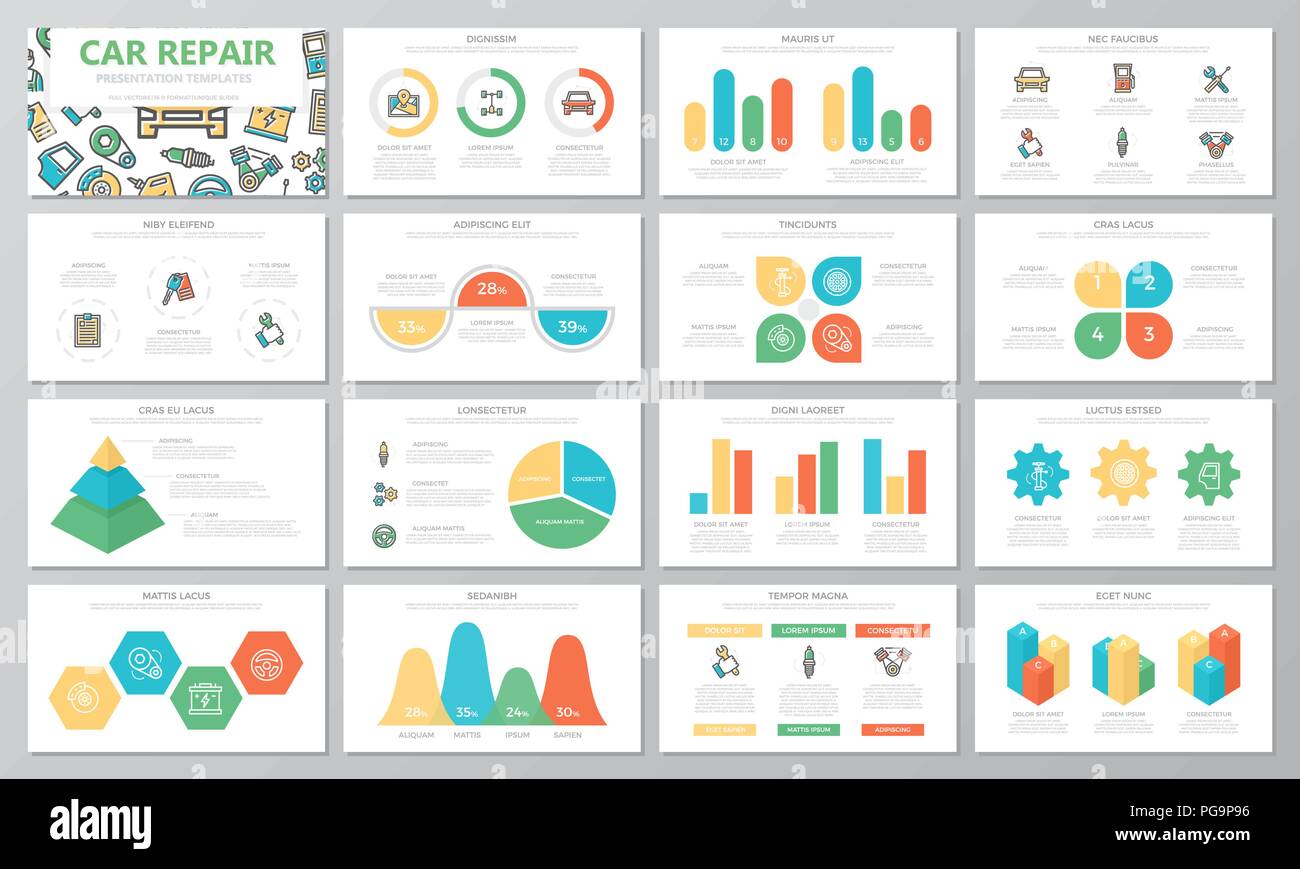Looking For Quality On The Warning Lights Showed On Your Car'S Dashboard? Learn How They Connect To Your Vehicle'S Health And Safety
Looking For Quality On The Warning Lights Showed On Your Car'S Dashboard? Learn How They Connect To Your Vehicle'S Health And Safety
Blog Article
Short Article Developed By-Lauritsen Gilbert
When you're behind the wheel, those glowing caution lights on your control panel can be a bit puzzling. Do you recognize what they're trying to inform you about your vehicle's health? Comprehending the importance of these lights is important for your safety and the durability of your car. So, the next time one of those lights appears, would not you wish to decipher its message accurately and take the needed actions to address it?
Common Caution Lighting and Interpretations
Identify typical warning lights in your auto and understand their definitions to make certain risk-free driving.
One of the most typical caution lights include the check engine light, which signals problems with the engine or discharges system. If this light begins, it's critical to have your car inspected quickly.
The oil pressure warning light indicates low oil stress, calling for prompt attention to stop engine damage.
A flashing battery light could recommend a damaged charging system, potentially leaving you stranded otherwise addressed.
The tire stress tracking system (TPMS) light informs you to low tire stress, affecting vehicle stability and fuel efficiency. Overlooking this might bring about hazardous driving problems.
The abdominal light shows an issue with the anti-lock stopping system, jeopardizing your capacity to stop promptly in emergency situations.
Finally, the coolant temperature alerting light warns of engine overheating, which can cause extreme damages otherwise solved swiftly.
Understanding these usual warning lights will aid you address concerns without delay and maintain secure driving problems.
Relevance of Prompt Attention
Understanding the usual caution lights in your automobile is only the very first step; the relevance of quickly attending to these warnings can not be highlighted sufficient to guarantee your security on the road.
When a warning light brightens on your control panel, it's your auto's means of connecting a possible problem that requires focus. Ignoring these warnings can cause extra extreme troubles later on, endangering your safety and security and potentially costing you much more in repairs.
Prompt focus to cautioning lights can prevent failures and accidents. For example, a flashing check engine light might indicate a misfire that, if left unattended, could trigger damages to the catalytic converter. Resolving https://manuelqgxnc.idblogz.com/32644060/exactly-how-mobile-car-detailing-providers-can-save-you-time-and-money can save you from a costly repair work.
Likewise, a brake system advising light could signal low brake fluid or worn brake pads, critical parts for your safety and security when driving.
DIY Troubleshooting Tips
If you see a warning light on your dashboard, there are a few do it yourself repairing pointers you can attempt before looking for specialist aid.
The initial step is to consult your auto's manual to recognize what the details warning light shows. Occasionally the problem can be as basic as a loose gas cap causing the check engine light. Tightening up the gas cap might fix the problem.
Another usual issue is a reduced battery, which can activate different alerting lights. Inspecting https://www.aarp.org/auto/car-maintenance-safety/info-2021/car-accident-inspection-tips.html for rust and ensuring they're safe might deal with the issue.
If a warning light lingers, you can try resetting it by separating the cars and truck's battery for a few minutes and then reconnecting it. In addition, examining your lorry's fluid degrees, such as oil, coolant, and brake liquid, can assist repair cautioning lights related to these systems.
Verdict
Finally, understanding your auto's warning lights is essential for maintaining your vehicle running smoothly and securely. By immediately resolving these informs and understanding what they suggest, you can stay clear of costly repair work and possible failures.
Remember to consult your vehicle's manual for particular details on each warning light and act as necessary to guarantee a trouble-free driving experience.
Remain informed, remain secure when traveling!
